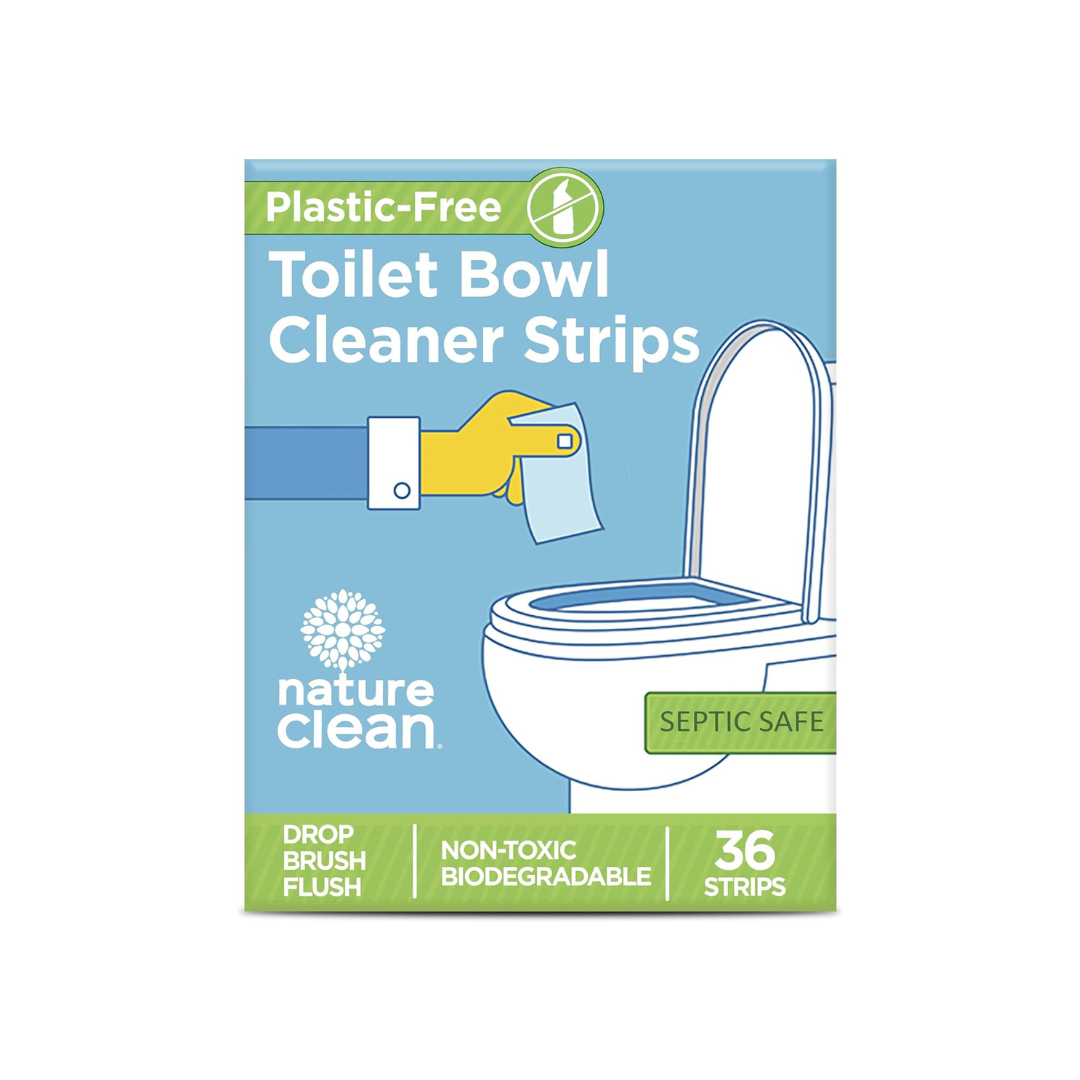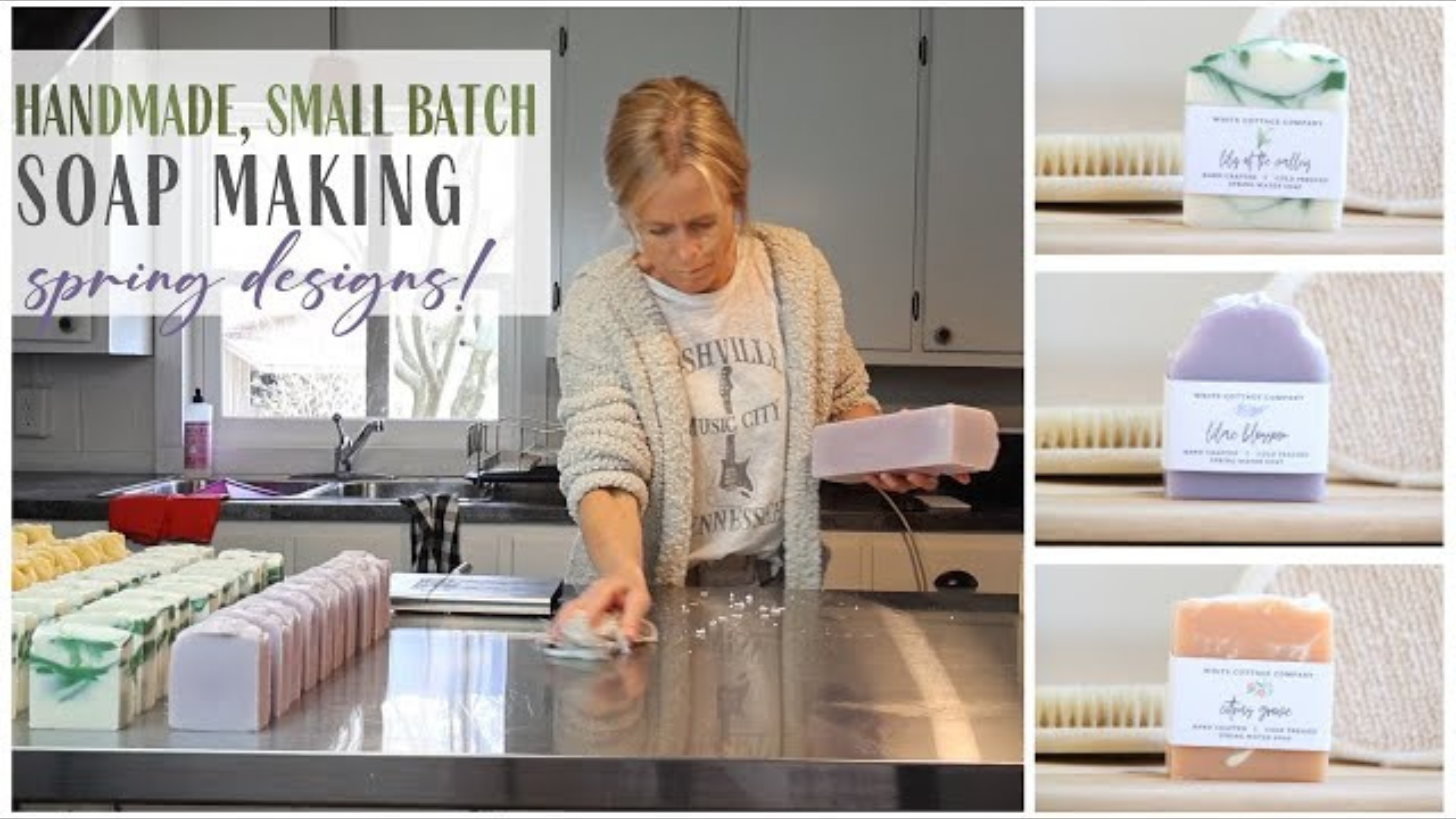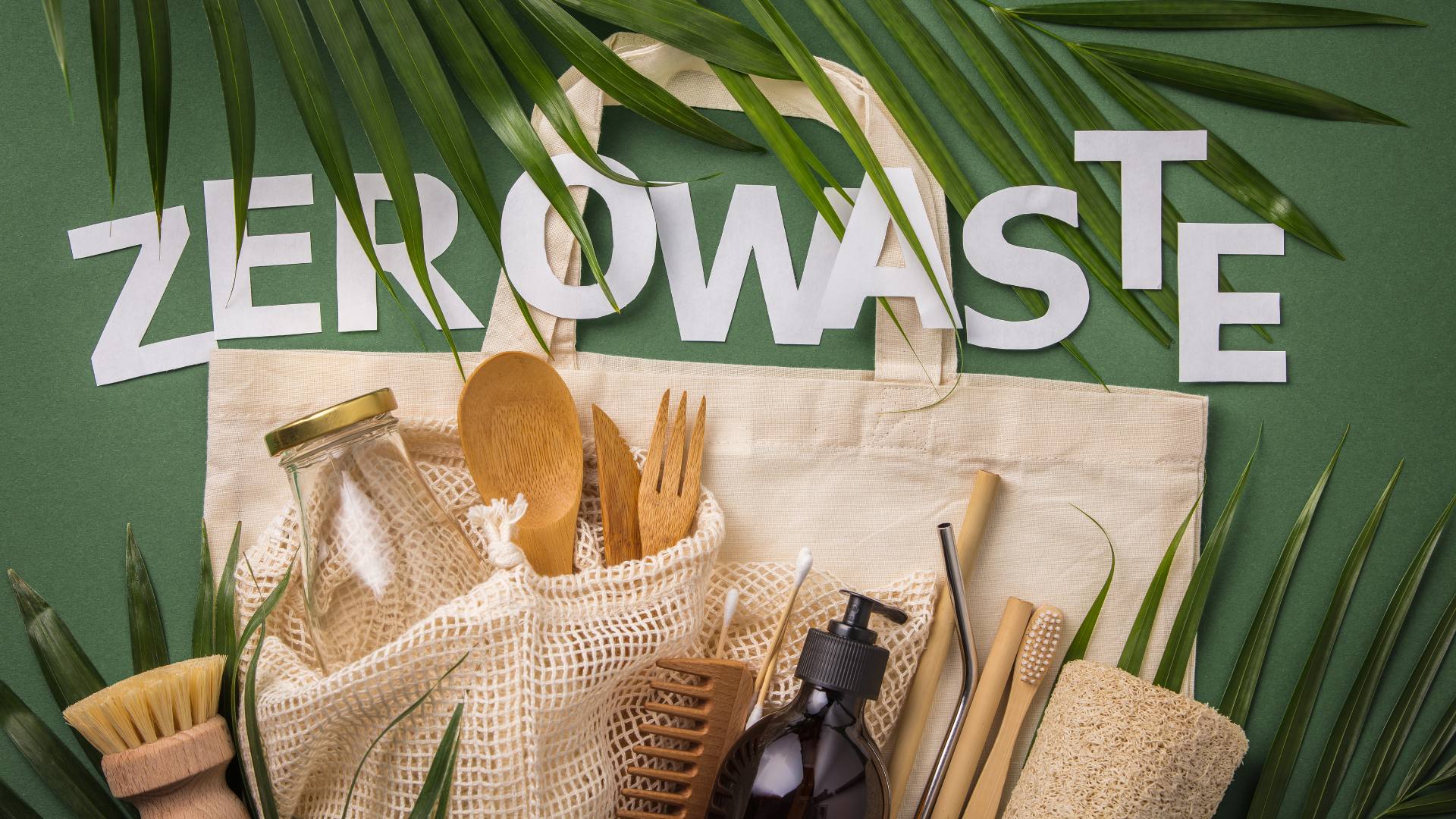Hyaluronic Acid, Aloe Vera, Plant-Based Oils, Activated Charcoal, Probiotics, Zinc Oxide, Bamboo Extract, Vitamin C.
In today’s world, where consumers are increasingly conscious of what goes into their personal care and wellness products, the term “low-risk ingredients” has gained significant traction. Whether you are a skincare enthusiast, a parent shopping for baby-safe products, or someone looking to adopt a sustainable lifestyle, choosing products with low-risk ingredients is essential for your health, well-being, and the environment.
But what exactly are low-risk ingredients, and why are they so important? At Sustai Market, we believe that transparency and informed choices pave the way for healthier living. Through tools like the Sustai Score and Sustai Badges, we simplify the process of identifying safe and sustainable products, making it easier for you to choose items that align with your values. Let’s delve deeper into what low-risk ingredients are, why they matter, and how to identify them.
Why Low-Risk Ingredients Matter?
Low-risk ingredients are the backbone of clean, effective, and sustainable products. These are ingredients that are unlikely to cause harm to your skin, health, or the environment. Unlike their high-risk counterparts—such as synthetic fragrances, parabens, or sulfates—low-risk ingredients are gentle, safe, and often derived from natural or sustainable sources.
Why They’re Important for Consumers
-
For Sensitive Skin: Low-risk ingredients minimize the risk of irritation, making them ideal for individuals with sensitive or reactive skin.
-
For Overall Health: Many high-risk ingredients have been linked to long-term health concerns, such as hormone disruption or allergic reactions.
-
For the Environment: Low-risk ingredients are often biodegradable, sustainably sourced, and have a minimal environmental footprint.
At Sustai Market, we prioritize products that meet the highest standards of safety and sustainability. Our Sustai Score evaluates products on factors such as ingredient safety, ethical sourcing, and environmental impact, helping you make informed decisions with ease.
What Are Low-Risk Ingredients?
Low-risk ingredients are those that are considered safe for use by the majority of people and have minimal or no adverse effects. These ingredients are:
-
Non-toxic: Free from harmful chemicals like phthalates, parabens, and formaldehyde.
-
Non-irritating: Gentle on the skin, even for those prone to sensitivity or allergies.
-
Sustainable: Often derived from renewable resources and produced with eco-friendly practices.
-
Backed by Research: Clinically tested and supported by scientific evidence for their safety and effectiveness.
Key Characteristics of Low-Risk Ingredients
-
Gentle on Skin: Safe for all skin types, including sensitive and acne-prone skin.
-
Eco-Friendly: Biodegradable and sustainably sourced to minimize environmental impact.
-
Ethically Produced: Often cruelty-free, vegan, and aligned with fair trade practices.
-
Transparent: Clearly labeled and free from hidden or misleading claims.
Sustai Market’s Role: We ensure that every product we feature is carefully vetted for safety and sustainability. Look for our Sustai Badges, such as “Non-Toxic” or “Gentle on Skin,” to quickly identify products with low-risk ingredients.
The Benefits of Using Low-Risk Ingredients
Switching to products with low-risk ingredients is not just a trend—it’s a lifestyle choice that benefits your health, your skin, and the planet. Let’s explore these benefits in detail.
Health Benefits
-
Reduced Risk of Irritation: Low-risk ingredients are free from harsh chemicals, making them less likely to cause irritation or allergic reactions.
-
Safe for Long-Term Use: Unlike some high-risk ingredients that accumulate toxins in the body, low-risk ingredients are safe for regular use.
-
Suitable for All Skin Types: From dry to oily and sensitive skin, low-risk ingredients cater to a wide range of needs.
Environmental Benefits
-
Biodegradability: Ingredients like bamboo extract and plant-based oils break down naturally, reducing environmental pollution.
-
Sustainable Sourcing: Many low-risk ingredients are derived from renewable resources, supporting eco-friendly practices.
-
Reef-Safe: Ingredients like zinc oxide are safe for marine ecosystems, unlike chemical sunscreens that harm coral reefs.
Ethical Considerations
-
Cruelty-Free: Low-risk ingredients are often associated with cruelty-free practices, ensuring no animals were harmed during testing.
-
Vegan Options: Many low-risk ingredients are plant-based, making them suitable for vegan lifestyles.
-
Fair Trade: Ingredients like aloe vera and argan oil are often sourced from fair trade suppliers, supporting ethical labor practices.
At Sustai Market, we spotlight these benefits through our Sustai Score, which evaluates not just the safety but also the environmental and ethical impact of every product.
How to Identify Low-Risk Ingredients in Products
Navigating product labels can be overwhelming, especially when you’re unsure which ingredients to look for. Here are some practical tips to help you identify low-risk ingredients:
1) Read the Label
-
Look for transparency in ingredient listings. Brands that disclose all ingredients (including percentages for active ingredients) are more likely to use low-risk formulations.
-
Avoid products with vague terms like “fragrance,” which may hide harmful chemicals.
2) Check for Certifications
-
Certifications like USDA Organic, Sustai Verified, or Leaping Bunny indicate a commitment to safety and sustainability.
-
On Sustai Market, our Sustai Badges make it easy to spot products that meet these standards.
3) Avoid Red Flags
-
Steer clear of high-risk ingredients such as parabens, sulfates, synthetic fragrances, and formaldehyde.
-
Use tools like the Sustai Score to quickly identify products free from harmful additives.
4) Use Trusted Resources
-
Websites like Sustai Market provide curated product selections with detailed ingredient transparency.
-
Our Sustai Badges, such as “Non-Toxic,” “Plastic-Free,” and “Cruelty-Free,” highlight products that align with your values.
Key Low-Risk Ingredients to Look For
Now that we’ve outlined the benefits and identification tips, let’s dive into some of the most popular low-risk ingredients and why they’re worth incorporating into your routine.
1) Hyaluronic Acid
-
Benefits: Known for its hydrating and anti-aging properties, hyaluronic acid helps the skin retain moisture, giving it a plump and youthful appearance.
-
Uses: Found in serums, moisturizers, and face masks.
-
Why It’s Low-Risk: Naturally occurring in the body, it is non-irritating and safe for all skin types.
2) Aloe Vera
-
Benefits: This soothing ingredient calms inflammation, hydrates the skin, and promotes healing.
-
Uses: Commonly used in after-sun care, facial gels, and body lotions.
-
Why It’s Low-Risk: 100% natural and gentle, even on the most sensitive skin types.
3) Plant-Based Oils (e.g., Jojoba Oil, Argan Oil)
-
Benefits: Rich in antioxidants and essential fatty acids, plant-based oils nourish and protect the skin without clogging pores.
-
Uses: Found in hair treatments, body oils, and lip balms.
-
Why It’s Low-Risk: Non-comedogenic and free from synthetic chemicals, making them safe and effective for various uses.
4) Activated Charcoal
Activated charcoal has become a buzzword in personal care, and for good reason. This natural ingredient has exceptional detoxifying properties, making it a favorite for those looking to cleanse and purify their skin and body.
-
Benefits:
-
Draws out impurities, toxins, and excess oil from the skin.
-
Helps to minimize pores and prevent breakouts.
-
Balances oil production, making it ideal for oily or acne-prone skin.
-
-
Uses:
-
Found in face masks, cleansers, scrubs, and even toothpaste.
-
Used in deodorants for its odor-neutralizing properties.
-
-
Why It’s Low-Risk:
-
Derived from natural sources like bamboo or coconut shells.
-
Gentle yet effective, with minimal risk of irritation.
-
Eco-friendly and biodegradable.
-
5) Probiotics
Probiotics, commonly associated with gut health, have made their way into skincare. These beneficial microorganisms are a powerful way to support your skin’s microbiome.
-
Benefits:
-
Strengthens the skin's natural barrier and improves resilience.
-
Reduces inflammation and redness, making it ideal for sensitive or rosacea-prone skin.
-
Balances the skin microbiome to prevent acne and irritation.
-
-
Uses:
-
Found in creams, serums, and facial mists.
-
Common in products targeting sensitive, dry, or acne-prone skin.
-
-
Why It’s Low-Risk:
-
Naturally derived and safe for most skin types.
-
Free from harsh chemicals and synthetic additives.
-
Promotes overall skin health without disrupting the natural balance.
-
6) Zinc Oxide
Zinc oxide is a tried-and-true ingredient, especially in sunscreen formulations. It offers protection against harmful UV rays while being gentle on the skin.
-
Benefits:
-
Provides broad-spectrum sun protection (against UVA and UVB rays).
-
Soothes irritated or inflamed skin.
-
Helps to heal and protect sensitive skin conditions like eczema or diaper rash.
-
-
Uses:
-
A key ingredient in mineral sunscreens, baby diaper creams, and calming ointments.
-
Found in products marketed as reef-safe sunscreen.
-
-
Why It’s Low-Risk:
-
Non-toxic and safe for sensitive skin.
-
Reef-safe, making it environmentally friendly.
-
Free from harmful chemicals commonly found in chemical sunscreens.
-
7) Bamboo Extract
Bamboo extract is a rising star in the clean beauty world, celebrated for its high silica content and its benefits for both skin and hair.
-
Benefits:
-
Promotes collagen production for firmer, more elastic skin.
-
Strengthens hair, making it shinier and less prone to breakage.
-
Rich in antioxidants, which protect against environmental damage.
-
-
Uses:
-
Commonly found in shampoos, conditioners, and anti-aging skincare.
-
Used in eco-friendly packaging and biodegradable products.
-
-
Why It’s Low-Risk:
-
Naturally derived and biodegradable.
-
Gentle on the skin and hair.
-
Supports sustainable and renewable sourcing practices.
-
8) Vitamin C
Vitamin C is a powerhouse ingredient in skincare, known for its brightening and anti-aging properties. It’s a must-have for anyone looking to achieve radiant, youthful skin.
-
Benefits:
-
Brightens the complexion by reducing hyperpigmentation and dark spots.
-
Boosts collagen production, improving skin elasticity.
-
Protects against free radical damage caused by pollution and UV exposure.
-
-
Uses:
-
Found in serums, moisturizers, and eye creams.
-
Often paired with other antioxidants like Vitamin E for enhanced benefits.
-
-
Why It’s Low-Risk:
-
Naturally occurring antioxidant that is safe for most skin types.
-
Effective yet gentle when stabilized in formulations.
-
Non-toxic and biodegradable.
-
How Sustai Market Simplifies Low-Risk Ingredient Selection
At Sustai Market, choosing products with low-risk ingredients is effortless. Here’s how we make it easy for you:
1) Sustai Score
The Sustai Score evaluates products based on:
-
Ingredient Safety: Ensures products are free from harmful chemicals.
-
Environmental Impact: Highlights sustainable and biodegradable ingredients.
-
Ethical Sourcing: Recognizes cruelty-free and fair trade practices.
2) Sustai Badges
Our Sustai Badges provide at-a-glance information about key product attributes, such as:
-
Non-Toxic: Products free from harmful chemicals.
-
Cruelty-Free: No animal testing involved.
-
Plastic-Free: Reducing environmental waste.
3) Transparent Product Listings
Every product on our platform includes detailed ingredient information, empowering you to make informed choices.
Tips for Incorporating Low-Risk Ingredients Into Your Routine
Switching to low-risk ingredients doesn’t have to be overwhelming. Here are some practical tips:
1) Start Small
-
Begin by replacing one item in your routine at a time, such as a moisturizer or sunscreen.
-
Monitor how your skin reacts before introducing more products.
2) Patch Test
-
Test new products on a small area of your skin to rule out potential irritation.
-
This is especially important for ingredients like Vitamin C or probiotics, which may initially cause slight tingling.
3) Pair Ingredients Wisely
-
Combine complementary ingredients for enhanced results (e.g., Vitamin C and Hyaluronic Acid for hydration and brightening).
-
Avoid combining strong actives like retinol and Vitamin C simultaneously to prevent irritation.
4) Shop Trusted Brands
-
Look for brands committed to safety, sustainability, and transparency.
-
Explore Sustai Market for curated products that meet these criteria.
Addressing Myths About Low-Risk Ingredients
Myth 1: "Natural Ingredients Are Always Better."
-
Truth: While many natural ingredients are low-risk, some (e.g., essential oils) can cause irritation or allergies. Sustai Market ensures that only safe and effective natural ingredients are featured.
Myth 2: "Low-Risk Ingredients Are Less Effective."
-
Truth: Ingredients like Vitamin C and Hyaluronic Acid are both low-risk and highly effective.
Myth 3: "All Synthetic Ingredients Are Harmful."
-
Truth: Some synthetic ingredients, like lab-created Hyaluronic Acid, are safe, sustainable, and even better for the environment compared to natural alternatives.
Embracing Low-Risk Ingredients for a Healthier Lifestyle
Low-risk ingredients offer a perfect balance of safety, effectiveness, and sustainability. By incorporating these ingredients into your routine, you’re prioritizing your health while making eco-conscious choices that benefit the planet.
At Sustai Market, we’re here to guide you every step of the way. With tools like the Sustai Score and Sustai Badges, plus our curated selection of products, finding safe and sustainable options has never been easier.
Ready to explore more?
-
Visit our Personal Care & Beauty section to discover products featuring low-risk ingredients.
-
Learn how your choices contribute to a sustainable future in our Sustainable Living blog.
By choosing low-risk ingredients, you’re not just improving your skincare routine—you’re embracing a healthier, more sustainable way of life.


















